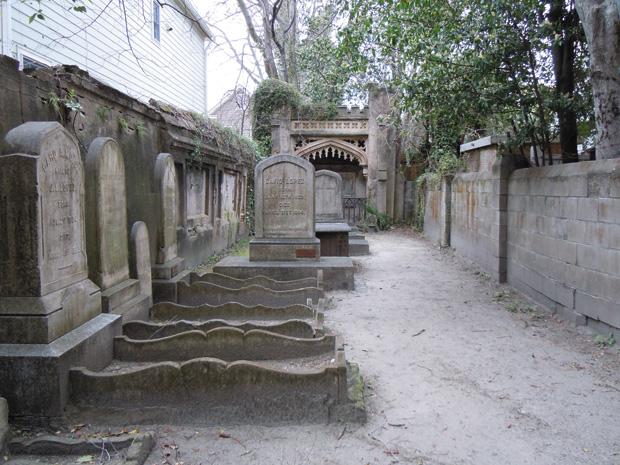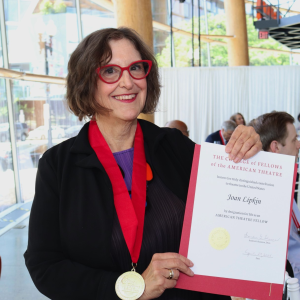Charleston’s Coming Street Cemetary is second oldest Jewish graveyard in U.S.
Published July 24, 2013
While in Charleston, consider a tour of the Coming Street Cemetery, the second-oldest Jewish graveyard in the United States. Owned by Kahal Kadosh Beth Elohim (KKBE) Congregation, the cemetery contains the graves of many prominent South Carolina Jews. Most of the 600 graves date to between 1750 and 1850.
Founded in 1762, the cemetery lies behind high brick walls, parts of which pre-date the American Revolution. Many Jews buried here fought in the Revolutionary War, Civil War or the War of 1812; the cemetery also holds the graves of the soldiers’ families and descendents. A majority of the graves created before the mid-1800s belong to Sephardic families. Prominent family names include DaCosta, Cohen, Moise and Lopez.
In 1764, the synagogue (then named Beth Elohim) bought the cemetery’s land from Isaac DaCosta. A founding member of the congregation, DaCosta had planned to use the land as a private graveyard. Today, the oldest grave in existence here belonged to Moses Cohen, first rabbi of Beth Elohim, who died in 1762.
Renowned Jewish women have a place in the cemetery as well. Penina Moise was born in Charleston in 1797, six years after her parents emigrated from the Caribbean. Though she started working at the age of 12 after her father died, as the years passed she also developed her talent for writing. She became a poet and wrote hymns for use in synagogue services, including those of Beth Elohim.
While Moise served Charleston in the spiritual sense, the builder David Lopez became part of Charleston’s architectural and military heritage. He was born in the city in 1809 and made his fortune in construction. One of his most important edifices is Institute Hall, where South Carolina signed the Ordinance of Secession, which ultimately led to the Civil War. During the war his factory turned out torpedo boats to fight back against the Union blockade of Charleston’s harbor. Despite the fact that the Jewish community greatly respected Lopez, he nevertheless had to buy land next to the Beth Elohim cemetery for his family members’ plots because his wife Catherine wasn’t Jewish and couldn’t be buried in the main cemetery. Later, the Coming Street Cemetery absorbed the Lopez family plots.
Most of the cemetery is Reform but there is a small Orthodox section. This was originally separated from the Reform section by a high wall, built in the 1840s during a dispute within the synagogue. Some members of the congregation wanted to add Reform practices such as music to services, but the Orthodox members refused. When the Reform members overruled the synagogue’s trustees and purchased an organ, the Orthodox Jews left the synagogue and founded one of their own: Shearith Israel. They bought land next to the cemetery for their own burial plots. In 1866 most of the wall was taken down when the Shearith Israel congregation rejoined Beth Elohim, and now only a very low wall divides the two sections.
In 1887 Beth Elohim established a new cemetery north of the city, which is in use today. KKBE still permits burials in the Coming Street Cemetery but only for those who have historic family plots with space available.
The Coming Street Cemetery is located at 189 Coming Street. If you visit Charleston and would like to tour the cemetery, e-mail KKBE Synagogue at [email protected] or call 843-723-1090. You can find more information about KKBE at www.kkbe.org.
















